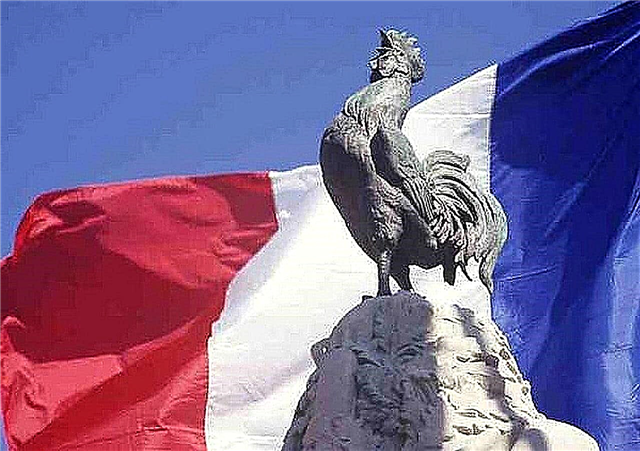
There were few schools in the Middle Ages, so most children did not go to school. Only in some educational institutions were they taught to read and write.
To teach the craft, children were apprenticed to people of various professions, such as a butcher or a wool merchant.
The oldest university in the world - Karauin - was founded in the city of Fez, in Morocco, in 859. Very few girls attended school. The French writer Cristina de Pisan, who lived in the 15th century, was one of the first to talk about how to make women's lives better.
At the beginning of the 15th century, 2000 Chinese scientists wrote an encyclopedia, which to this day is considered the largest in the world. There were 22,937 articles in it! If you read the article a day to read it all, it will take more than 60 years.
Arabs adopted the numbers from the Indians. Europeans used Roman numerals for a long time, and then switched to Arabic.
Why were the books chained?
The printing press was invented in the 15th century, and before that, books were written by hand. It took a lot of time to make one book, so there were few books. They were so valuable that they were often chained.

Books were written by monks - with goose feathers and ink. Each page had a color illustration, sometimes decorated with pieces of gold.
The history of typography in Europe began in the 1440s when Johannes Gutenberg invented the printing press.
The Chinese were the first to figure out how to print books using wooden boards.That was almost 1300 years ago.












